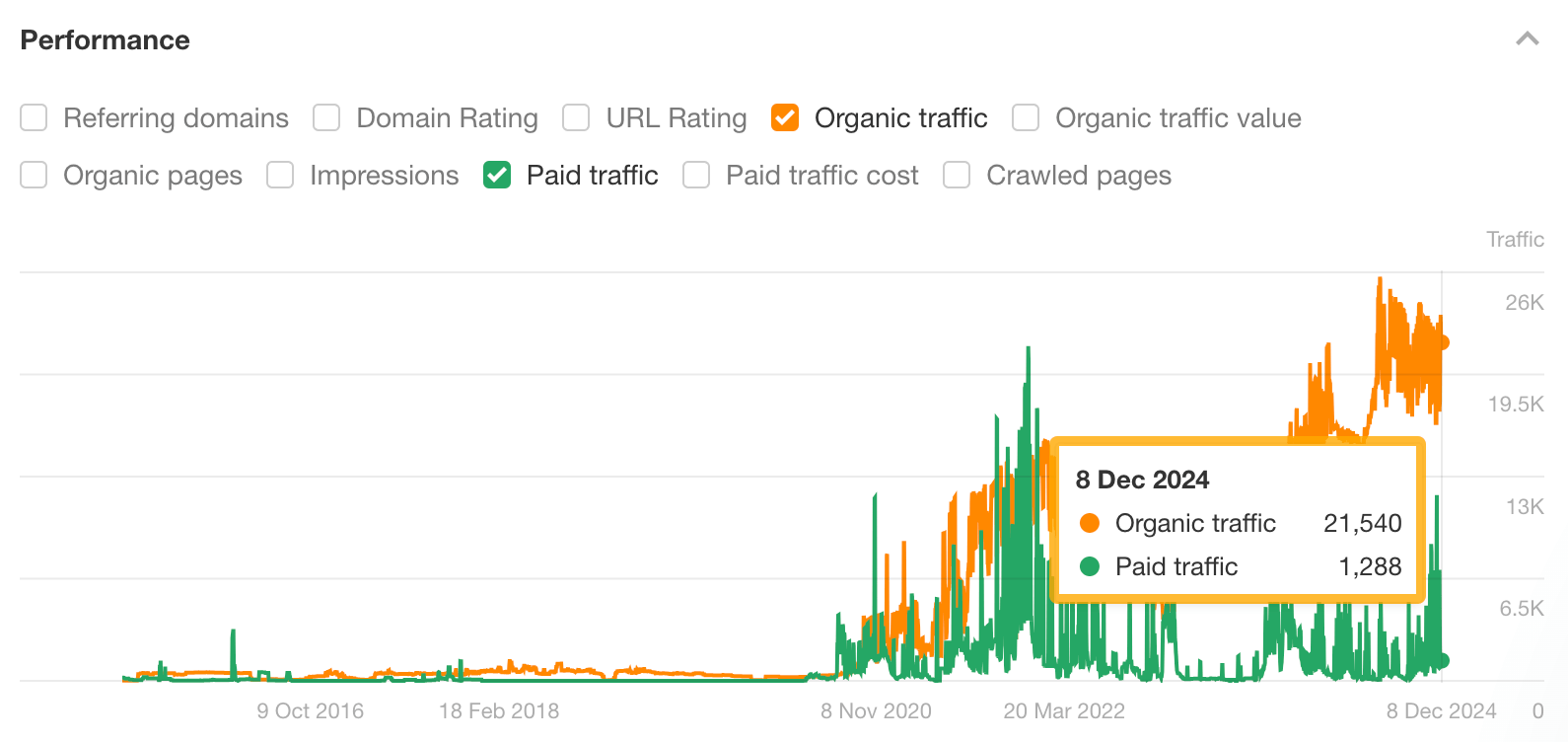In many organisations social media monitoring is already an important factor in the strategic choices Brand Managers, Marketing Managers and press officers make. Data-driven strategies are the future and more and more brands have started using these strategies. Nevertheless, there are still many questions about media monitoring. What can you do with it? How do you get started? And what are the steps you need to take to get the right data? To help you with this, I have listed the six most important do’s and don’ts in this blog.
DO: Make one person responsible for social media monitoring
Social media are always on. In the past messages used to spread much slower, but online messaging continues 24/7. Even the smallest messages can influence your brand’s reputation. Social media monitoring therefore isn’t something you can simply do on the side, especially when a crisis emerges and your organisation is expected to take action. For example, think about a bad response from a webcare employee that goes viral, or an accident that is soon written about on social media. Events like these directly influence the reputation of a brand. At these times it is important to have someone who guides the process of media monitoring, informs the right people and who doesn’t panic. It is essential that this person is patient, can act quickly and that he or she thinks in solutions.
DO: Use social media monitoring tools
In order to keep an eye on your organisation’s reputation, you could hire someone to check the social media channels (Twitter, Facebook, NU.nl, Branchenieuws.nl, Instagram, YouTube etc.) all day. Luckily there are several useful and user-friendly tools available that make social media monitoring a lot easier. Have you just started with media monitoring? A free tool, like Hootsuite, offers easy solutions for several channels and also makes it possible to respond via this tool.
Are you looking for a social media monitoring tool that helps you to really make a move in the field of reputation management? More advanced tools can help you with this. With these monitoring tools it is possible to get graphs of the volumes and reach of the message, but sentiment analyses, stakeholder monitoring and easy reports for internal use are also available.
DO: Use relevant reputation pillars

To create an optimal reputation management, it is important to focus on pillars that are important for your organisation. By including, for example, the RepTrak© model in your reputation management, you can structurally measure your brand’s reputation and find out where you might need to make adjustments. The model has seven dimensions with twenty-three characteristics and can be easily integrated in a tool, with the right search queries.
Does your organisation come across as an innovative company online? Or do you show your focus on sustainability? By tracking this on a monthly, weekly or even daily basis, you soon get insight into what the online reputation of your brand is. This also makes it easier for you to notice when situations could get out of hand or where you need to make adjustments if you want to achieve or maintain the desired reputation.
DON’T: Lose your mind. Keep cool and stay focused
The world of (social) media monitoring is huge. The amount of messages organisations receive on a daily basis can sometimes reach a 1000 or even 10.000. The right monitoring helps you to get a clear overview of all these messages. It is important to note that these are also messages you normally probably wouldn’t even see. These overviews therefore give you many new insights, which can help you create new ideas and solutions.
However, you will also come across negative messages that you previously overlooked. But don’t panic! Look further than the negativity and read carefully about what your target group really thinks. Do you see certain patterns? Or does the negativity come from the same people every time? Address this within your organisation and think in solutions instead of problems. Media monitoring can help you to really change your reputation, because it helps you to understand what is being said about your brand. Look at it as an opportunity that can greatly benefit your organisation.
DON’T: Ignore important questions or criticism
Because monitoring helps you to get more information, there is a good chance this includes important and critical questions from, for example, consumers, external shareholders and interest groups. To maintain or strengthen your reputation, it is important that you can answer these questions elaborately. It is therefore advisable to place the most important questions on a Q&A-page.
Also be aware that responses through public channels are visible to anyone, and so it is very important that the answers you provide are clear and unambiguous. Also make sure that the customer service department of your organisation is up-to-date with these questions. They are in direct contact with the customer and have a major influence of the reputation of the brand. By responding quickly, clearly and unambiguously, your reputation won’t be affected.
DON’T: Forget to ask questions yourself
Always be alert to changes in the buying behaviour of your customers and the expectations they have. By continuously asking yourself how they see your brand and how they feel about something, you can specifically monitor those questions. For example, do you want to know how a recently launched campaign has been received? Include the name of the campaign and related topics in your search. This gives you real-time insights into the sentiment, volume and media value of the campaign. Keep asking yourself these questions, so you get insight into whether the campaign is a success or if it needs to be modified.
Originally published here.
Content Copyrights Belong to The Author. All Rights Reserved.
We're A Dallas Digital Marketing Agency That is Experts At Social Media Marketing, Website Design and Emarketing and Promotion.



